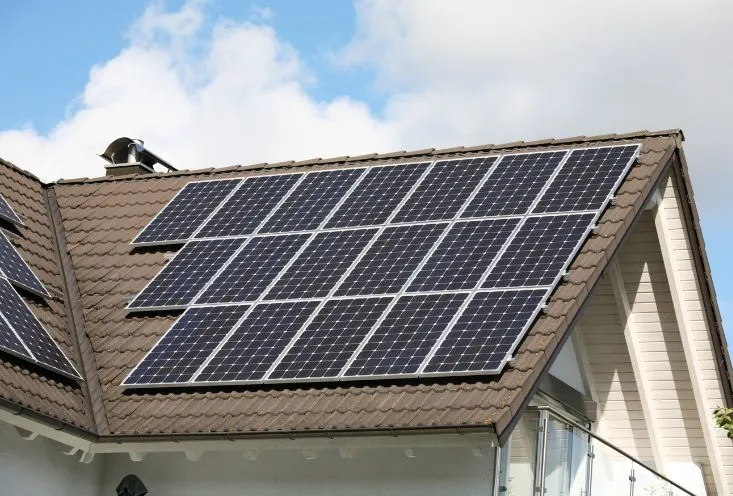Table of Contents
ToggleIntroduction:
When installing solar panels on your roof, one crucial consideration is the direction in which they should face. The orientation of solar panels significantly affects their energy production and overall system efficiency. In this blog, we will explore the importance of panel direction and provide insights on choosing the best orientation for maximum solar energy generation.
Solar Panel Orientation:
The ideal direction for solar panel placement is typically south-facing in the Northern Hemisphere and north-facing in the Southern Hemisphere. This allows panels to receive the most sunlight throughout the day, optimizing energy production. However, depending on your location, there may be other considerations to keep in mind.
Factors to Consider:
a) Roof Orientation: Assess the orientation of your roof to determine the feasibility of south or north-facing panel placement. East or west-facing orientations may also be considered, depending on your specific location and shading factors.
b) Shading: Observe potential shading sources such as nearby trees, buildings, or structures that could obstruct sunlight. Shading can significantly impact panel performance, so it’s important to choose an area on the roof with minimal shading throughout the day.
c) Latitude: Take into account your geographical latitude. The closer you are to the equator, the more important it becomes to maximize solar exposure by facing panels directly towards the sun’s path.
South-Facing Panels:
South-facing panels in the Northern Hemisphere capture the most sunlight throughout the day. This orientation allows for optimal solar energy generation, especially during peak daylight hours. South-facing panels can provide consistent energy production and higher overall system efficiency.
North-Facing Panels:
In the Southern Hemisphere, north-facing panels are ideal to capture the maximum amount of sunlight. While they receive less direct sunlight compared to south-facing panels, they still offer effective solar energy generation. This orientation is particularly beneficial for regions with higher sun angles and where north-facing roofs are more prevalent.
East or West-Facing Panels:
In some cases, east or west-facing orientations may be considered. East-facing panels capture sunlight in the morning, which can be advantageous for energy consumption during the early part of the day. West-facing panels, on the other hand, receive sunlight in the afternoon and can be beneficial for energy needs during the later hours.
Conclusion:
Choosing the best panel direction on your roof is crucial for maximizing solar energy production and optimizing system efficiency. While south-facing panels are generally the most effective in the Northern Hemisphere, other factors such as shading, roof orientation, and geographical location should be considered. Evaluating these factors and consulting with a reputable solar installer will help determine the optimal panel direction for your specific situation. By selecting the ideal orientation, you can harness the full potential of solar energy and enjoy the long-term benefits of clean, renewable power.
Disclaimer: The information provided in this blog is for informational purposes only and should not be considered as professional advice. The optimal panel direction may vary based on individual circumstances, geographical location, shading, and other factors. It is recommended to consult with a qualified solar installer for personalized guidance and to determine the best panel direction for your specific roof and energy needs.


